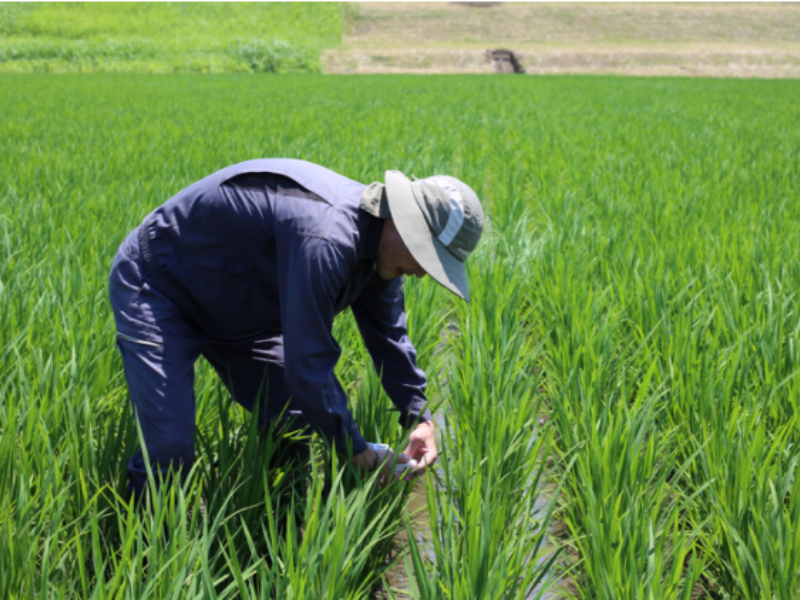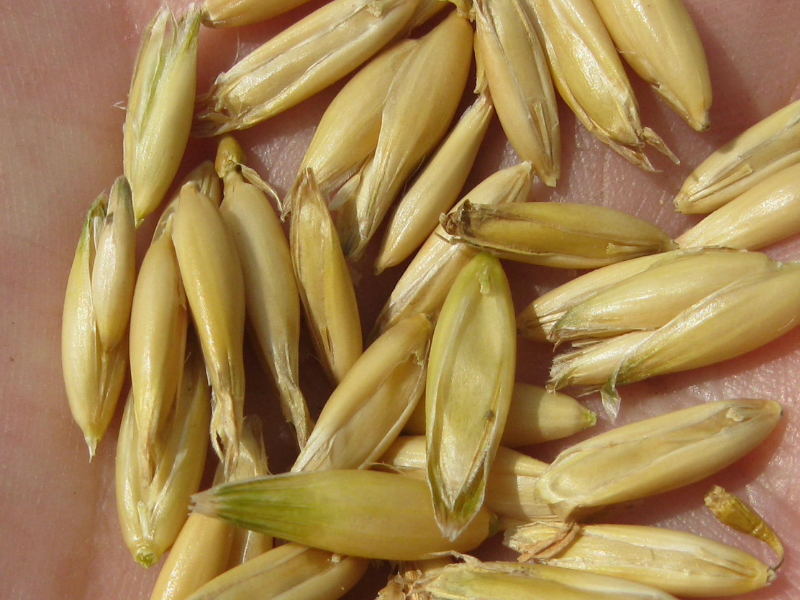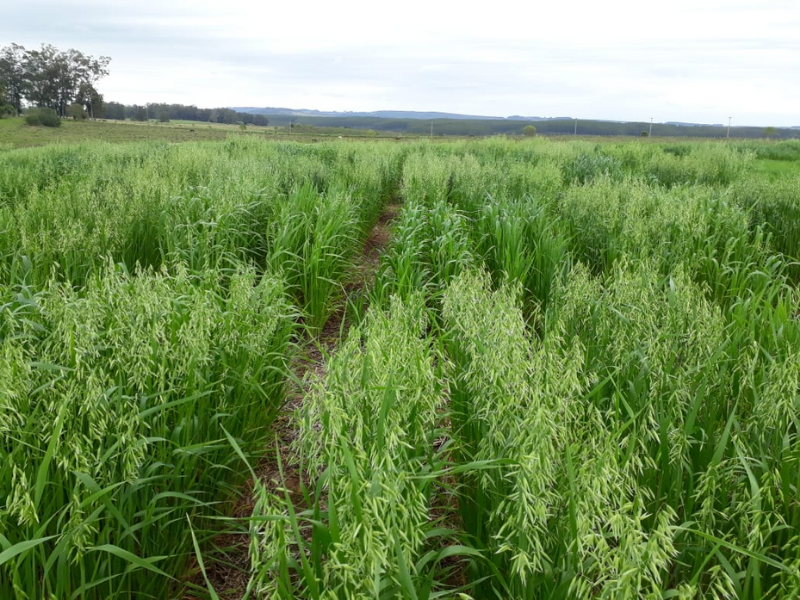Food

Underneath the surface, plant roots are hard at work. Roots, of course, are how plants get water and minerals from the soil. But digging into how different root systems affect crop yields has been challenging for researchers.

The grain called finger millet may not be well-known outside of Africa, but it is an important crop to the region. Finger millet has been farmed in eastern Africa for thousands of years. However, breeding the crop for better traits has been difficult for local farmers.


Lentils are an important and popular food in many parts of the world. They are also a nutritional powerhouse. This versatile legume is a great source of protein, carbohydrates, and fiber, and high in mineral nutrients and vitamins like iron, zinc, magnesium, potassium, and vitamin B.

Understanding how a crop will grow in various places is key to getting more farmers to grow it. Rye is a cereal grain grown in parts of Europe, and although not a commonly grown crop in other regions, its characteristics make it a valuable option for farmers.

There’s a widespread problem in rice growing that you’ve probably never heard of. Rice plants that face elevated temperatures can produce “chalky grains” that are easily crushed during the milling process. This leads to lost profits because the price is lower for chalky grains than undamaged grains.

If you’ve ever looked at food labels in your local grocery store, you’ve probably seen soy listed as an ingredient. Even though soy is widespread in our foods, that doesn’t make the production of soy any easier for growers. One challenge facing soy growers is flooding.

Cowpea is an important crop in many parts of the world, especially sub-Saharan Africa. It is resilient and can grow in areas with little rainfall and low-quality soils. But as hardy as it is, cowpea yields can decrease by drought and low levels of soil phosphorus.

Oats are full of essential nutrients and are a great source of energy. They also provide dietary fiber, a key part of healthy, balanced diets.


Cassava is a vital source of calories for close to a billion people across the world. The plant is a woody, perennial shrub with edible roots. Cassava roots are rich in carbohydrates, potassium, calcium, vitamins B and C, and essential minerals. Cassava plants can grow in relatively poor soils and in challenging environments.


